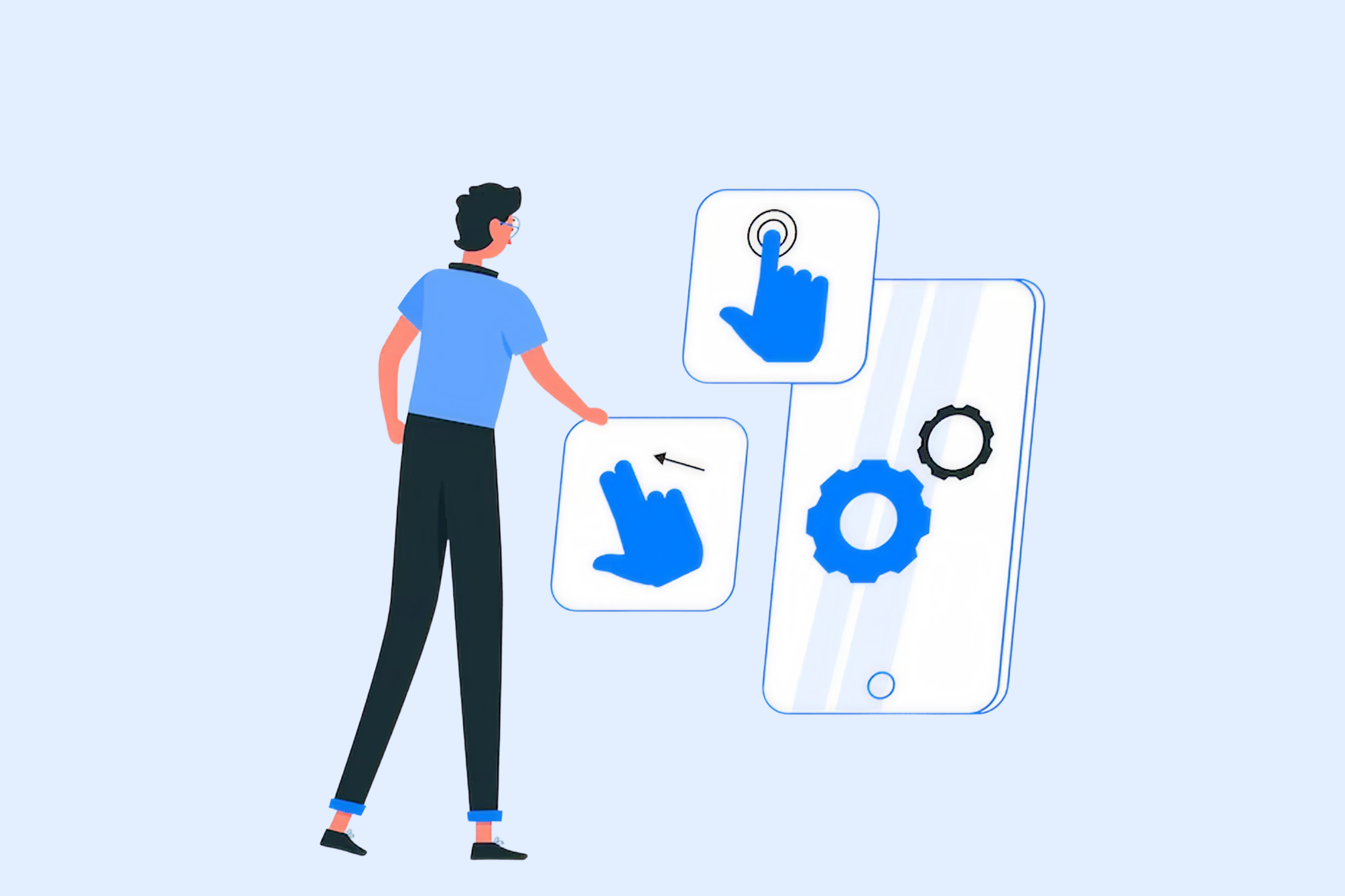The Rise of No UI: Designing Experiences Without Screens

Introduction
We live in an age where screens dominate our lives—phones, tablets, computers, even fridges. But what if the next frontier in user experience design is no screen at all? Welcome to the era of No UI—an experience so intuitive, seamless, and integrated into daily life that you don’t even realize you’re using an interface.
In this blog, we’ll explore the concept of No UI, why it’s gaining traction, examples across industries, the benefits and limitations, and how designers can prepare for a future where the best interface might be invisible.
What Is No UI?
No UI (short for “No User Interface”) refers to interactions that occur without a visual screen-based interface. Instead of tapping and swiping, users may interact through:
- Voice commands
- Gestures
- Sensors
- Proximity and presence detection
- Automation and machine learning predictions
The goal is not to remove interaction, but to make it more natural, frictionless, and embedded in everyday life.
The Philosophy Behind No UI
The core philosophy of No UI is:
"The best interface is no interface."
Coined by designer Golden Krishna, this approach challenges the notion that every digital experience needs a screen. Instead, technology should blend so seamlessly into our lives that we hardly notice it—just like electricity or plumbing.
No UI design focuses on:
- Context-aware systems
- Automation over manual input
- Human-first interactions
Why No UI Is Rising Now
1. Ubiquity of Smart Devices
IoT (Internet of Things) devices are everywhere—from thermostats and lights to appliances and security systems. These don’t need traditional interfaces.
2. Voice Assistants
Alexa, Siri, Google Assistant, and others have normalized voice-based interaction.
3. Advances in AI and Machine Learning
Systems can now predict needs and automate responses without requiring visual confirmation.
4. UX Fatigue
Constant screen time has led to digital burnout. Users want simplicity and reduced cognitive load.
5. Micro-moments & Contextual Use
Not every interaction justifies screen time. No UI fits in moments like driving, cooking, or multitasking.
Real-World Examples of No UI
1. Smart Homes
- Lights that turn on when you walk in
- Thermostats adjusting based on habits
- Fridges that reorder groceries automatically
2. Automotive
- Proximity keys that unlock cars
- Voice navigation and entertainment
- Gesture-controlled infotainment systems
3. Voice Interfaces
- Smart speakers
- Customer service chatbots with no visual presence
4. Healthcare
- Medical wearables that alert users or caregivers automatically
- Touchless dispensers that react to presence
5. Retail
- Amazon Go stores: No checkout screens—just walk out
- Smart shelves that reorder inventory
Benefits of No UI
1. Reduced Friction
Users don’t need to learn a new interface or take extra steps—actions just happen.
2. Hands-Free Operation
Essential for multitasking, accessibility, or use cases like driving or cooking.
3. Accessibility and Inclusivity
Helps users with visual, motor, or cognitive impairments who struggle with traditional UIs.
4. Speed and Efficiency
Automated or gesture/voice-based interactions can be faster than navigating menus.
Challenges and Risks
1. Lack of Discoverability
Without a visual cue, users may not know what’s possible or how to trigger actions.
2. Errors and Misinterpretation
Voice and sensor inputs can be misunderstood, leading to incorrect actions.
3. User Trust
Automation must be transparent and give users control—otherwise, it may feel intrusive or unpredictable.
4. Privacy Concerns
Always-on sensors and voice devices can raise concerns about surveillance and data misuse.
Design Principles for No UI
1. Prioritize Context
Design experiences that adapt to where, when, and how users interact. E.g., dimming lights when someone enters a room at night vs. during the day.
2. Predict Without Overreaching
Use machine learning to anticipate user needs, but don’t assume or automate without user consent.
3. Give Feedback
Even without a screen, users need confirmation:
- A sound, haptic response, or light can show success/failure
4. Provide Fallback Options
When No UI fails, users should be able to revert to traditional methods (like a button or app).
5. Respect Privacy and Consent
Communicate when data is collected, allow opt-outs, and design privacy-preserving defaults.
Preparing for a No UI Future
1. Rethink Interaction Design
Designers must shift from wireframes and buttons to flows, moments, and contexts. Consider:
- Sensor placement
- Sound and light cues
- Timing of automation
2. Prototype Differently
Use tools like Arduino, Raspberry Pi, or voice/sensor simulators to test real-world behaviour.
3. Collaborate Across Disciplines
No UI requires tight collaboration with:
- Hardware engineers
- Data scientists
- Voice designers
- Privacy experts
4. Learn Behaviour Design
Understand human habits, motivation, and attention patterns to craft natural interactions.
The Future: Blended Interfaces
No UI isn’t about erasing screens entirely—it’s about using them only when necessary. The future likely lies in hybrid experiences:
- Invisible interactions where possible
- Screen fallback where helpful
Imagine:
- A grocery list auto-generating via voice and sensors
- Confirmed visually on a mobile device
- Synced automatically with an e-commerce platform
Conclusion
The rise of No UI challenges us to go beyond the traditional constraints of screen-based interaction and embrace the idea that technology should serve us invisibly. By designing experiences that are intuitive, context-aware, and respectful of privacy, we can create the next generation of interfaces—ones that feel less like using a device and more like living in a smarter world.
As designers, our role is to ensure that as UI disappears, usability, ethics, and human connection don’t.